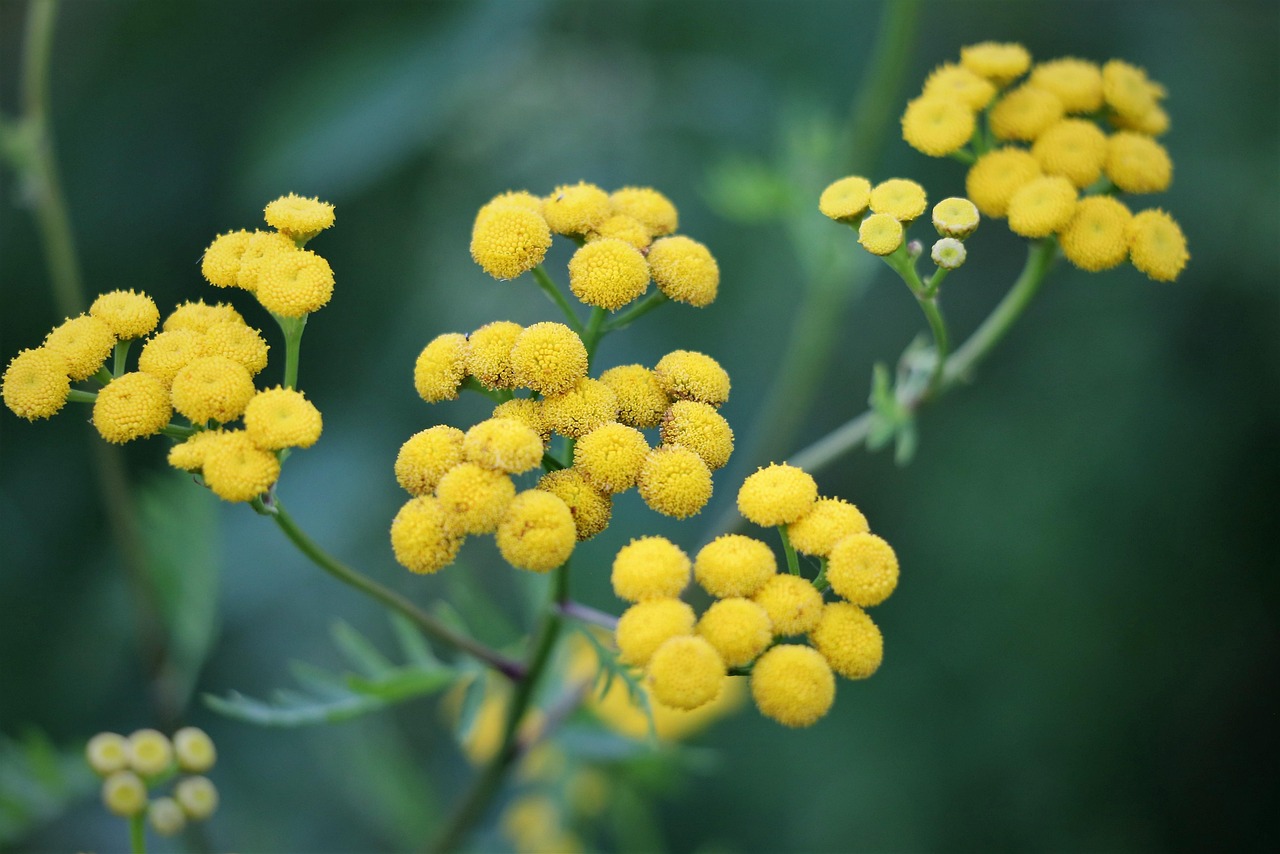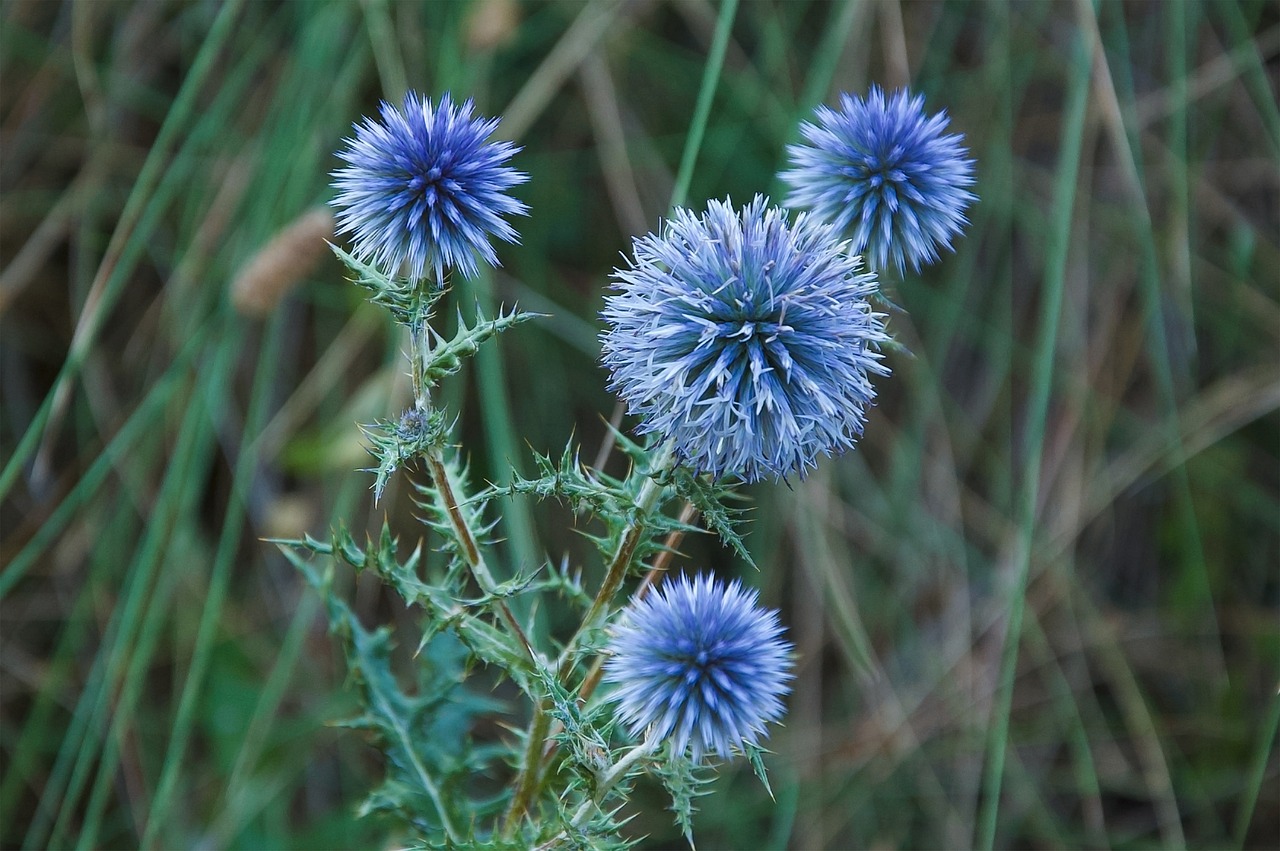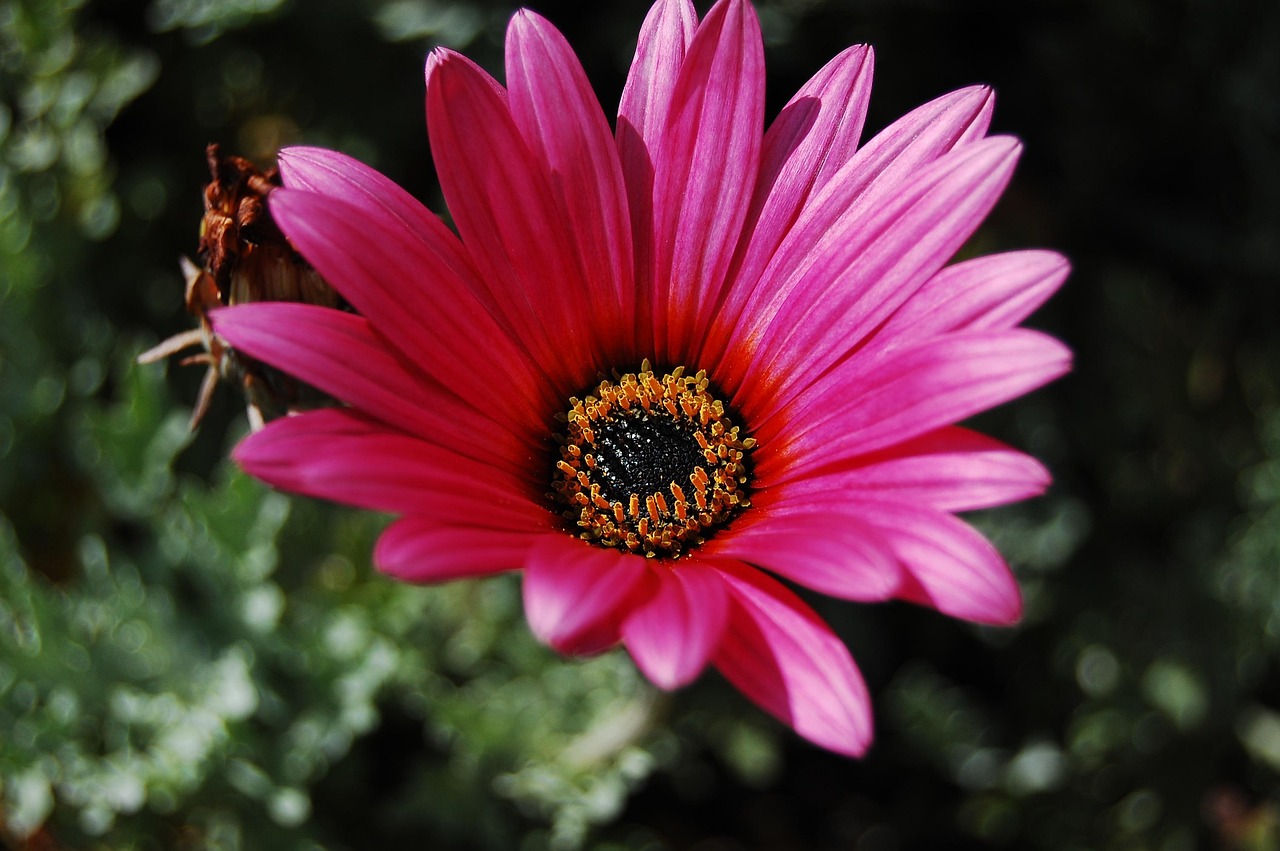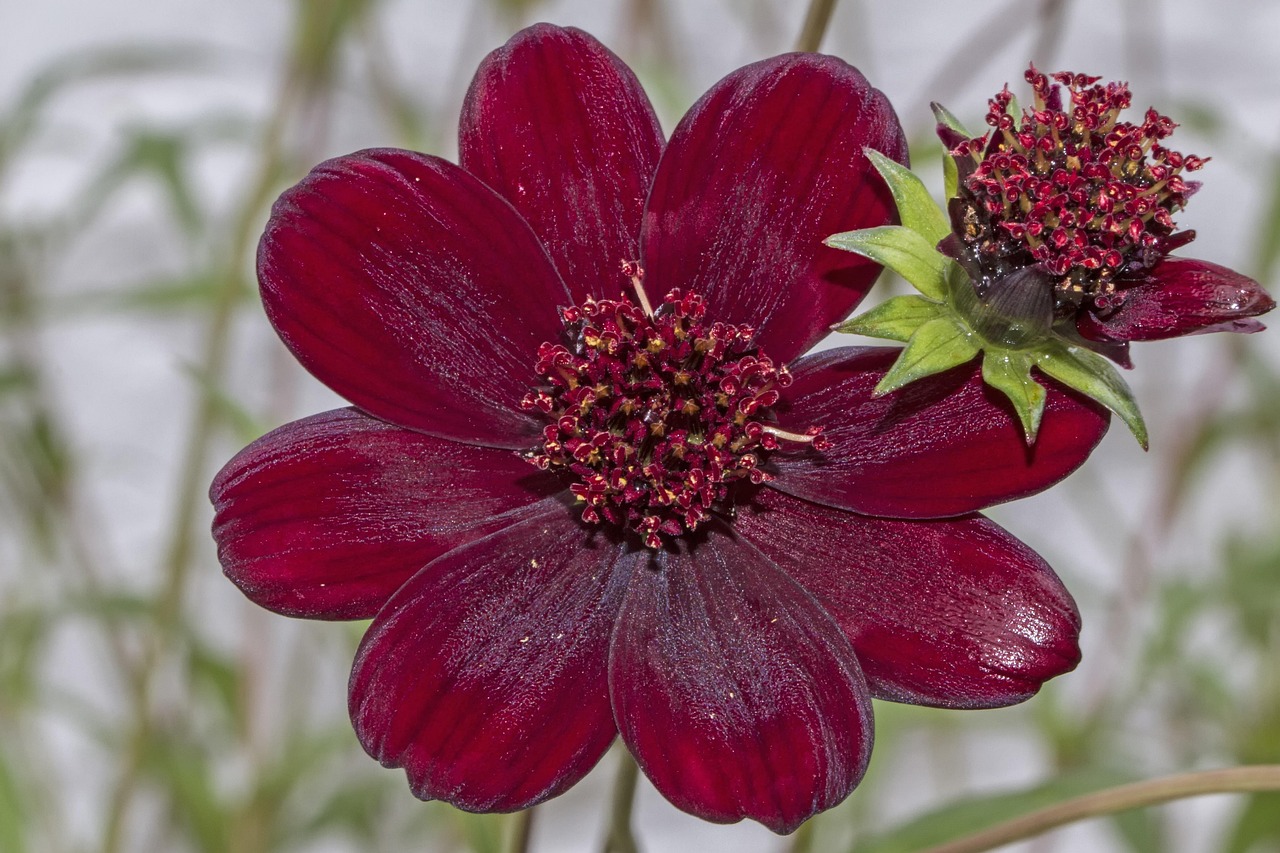Emilia | Graceful Colors Blooming in Tropical Asia
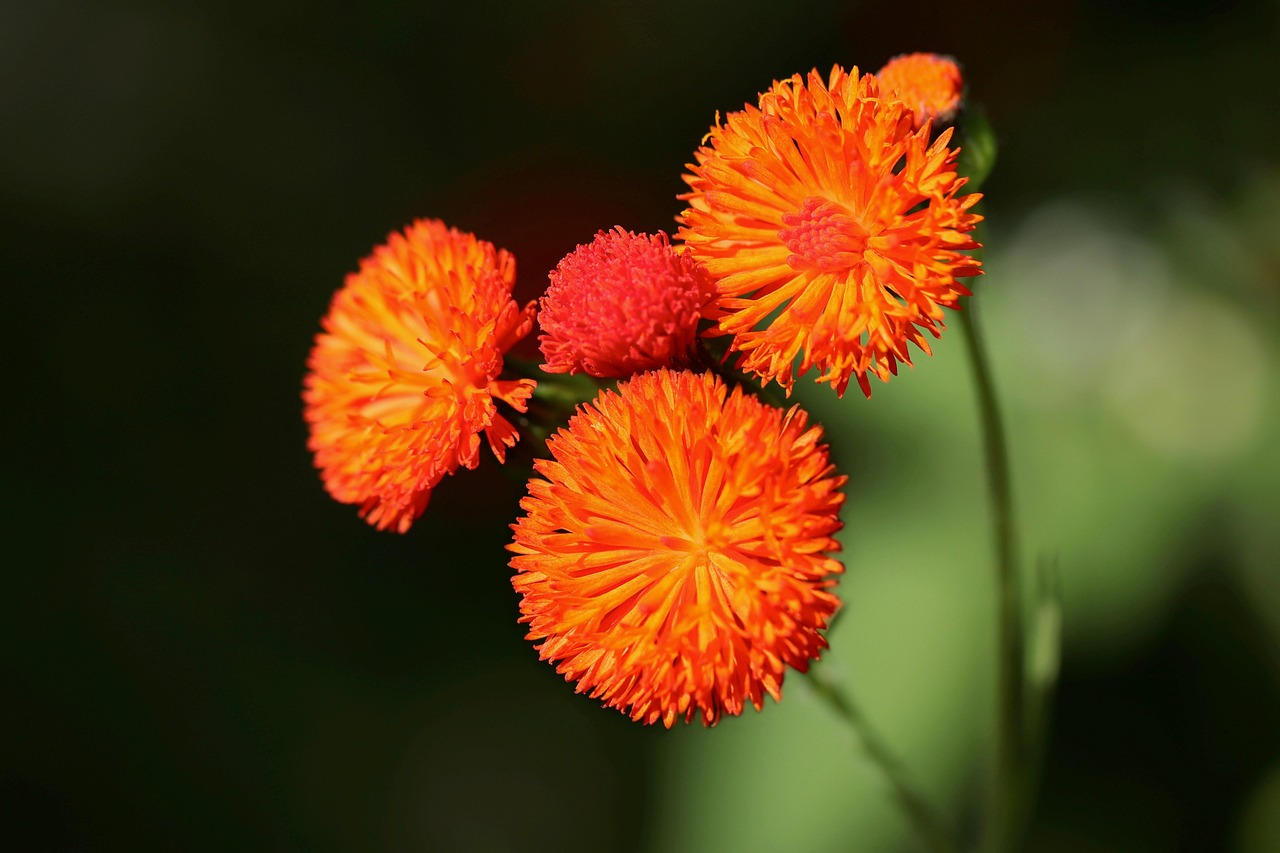
Emilia is an annual or perennial plant characterized by its delicate blossoms that sway gently atop slender stems. Its small, pompom-like flowers create a graceful appearance.
Despite its fragile look, it is hardy and easy to grow, making it suitable for both gardens and potted arrangements.
In this article, I will introduce the essential information about Emilia, its cultural and historical background, and practical advice for cultivation.
Basic Information
- Scientific name: Emilia spp.
- Family: Asteraceae
- Origin: Tropical Asia, Africa
- Appearance: Emilia produces small, pompom-shaped flowers in shades of red, pink, or orange, creating a delicate impression. The leaves are slightly rounded and bright green.
- Blooming season: From spring through autumn, with flowers blooming successively.
Cultural Significance Around the World
Emilia, with its light and airy flowers and vitality, is cherished in many regions.
In tropical Asia, it is commonly seen in gardens and along roadsides, forming part of the natural landscape.
In India, its red and orange blossoms are reminiscent of small flames, earning it the name “Flower of Light.” It is sometimes used in festivals and decorations.
In parts of Africa, Emilia is valued as a wildflower. Its swaying motion in the wind is seen as a symbol of natural beauty, while its vivid colors represent positive energy, brightness, and joy. For this reason, it is often planted in gardens.
In Europe, Emilia is prized as an ornamental plant and used as an accent in pots and flowerbeds.
In English cottage gardens, it is appreciated for creating a natural, rustic atmosphere.
Historical Anecdotes
Emilia was introduced to Europe between the 18th and 19th centuries.
Initially regarded as a wildflower, its delicate blooms atop slender stems soon attracted attention, leading to its gradual adoption as a garden plant.
In 19th-century England, where natural garden designs were in vogue, flowers such as Emilia became popular in many gardens.
In certain regions of France, its charming appearance inspired poets and painters, earning it a place in artistic expression.
Gardening Advice
Emilia is resilient and easy to cultivate. With proper care, it provides long-lasting blossoms.
Sunlight
Prefers full sun but can tolerate partial shade, though blooming may decrease.
Watering
Avoid overwatering. Water when the soil surface is dry. While relatively drought-tolerant, moderate moisture during flowering is ideal.
Soil
Thrives in well-drained soil. Sandy soil or potting mix with added perlite works well.
Fertilization
Apply diluted liquid fertilizer once a month during the growing season. Avoid over-fertilization and maintain balance.
Cold tolerance
Being tropical in origin, it is sensitive to cold. In colder regions, overwinter it indoors or treat it as an annual.
Conclusion
Emilia is a charming plant that produces small blossoms at the tips of slender stems, widely distributed across tropical Asia and Africa.
In Asia, it has been used in festivals and decorations; in Africa, it is admired as a symbol of natural beauty.
Since the 18th century, it has also spread throughout Europe, where it remains popular as a flower suited for natural-style gardens.
I invite you to enjoy the light and graceful beauty of Emilia in your garden or potted plants.


